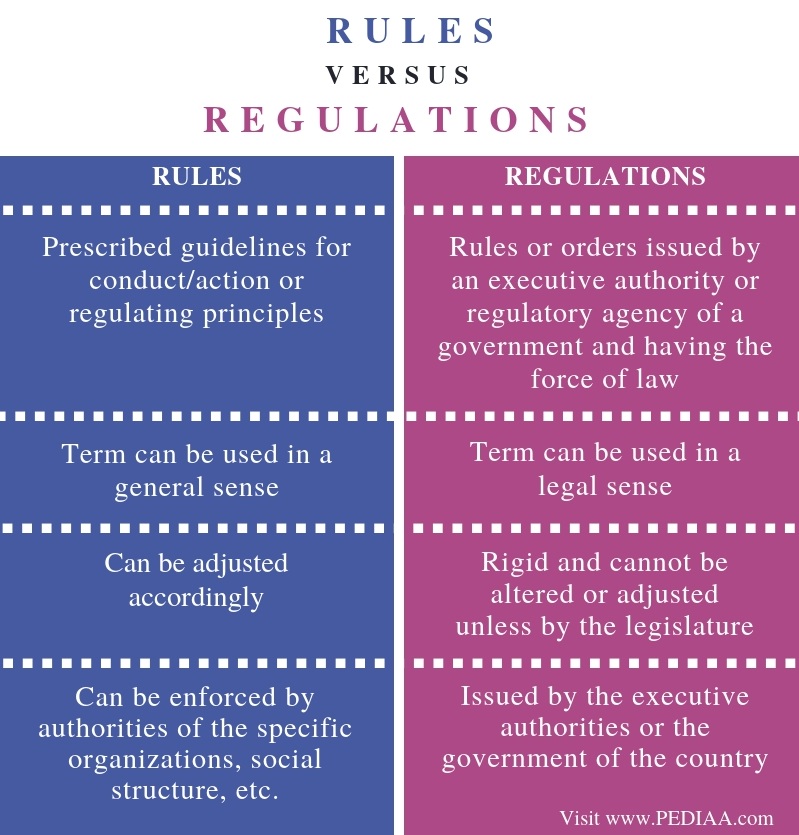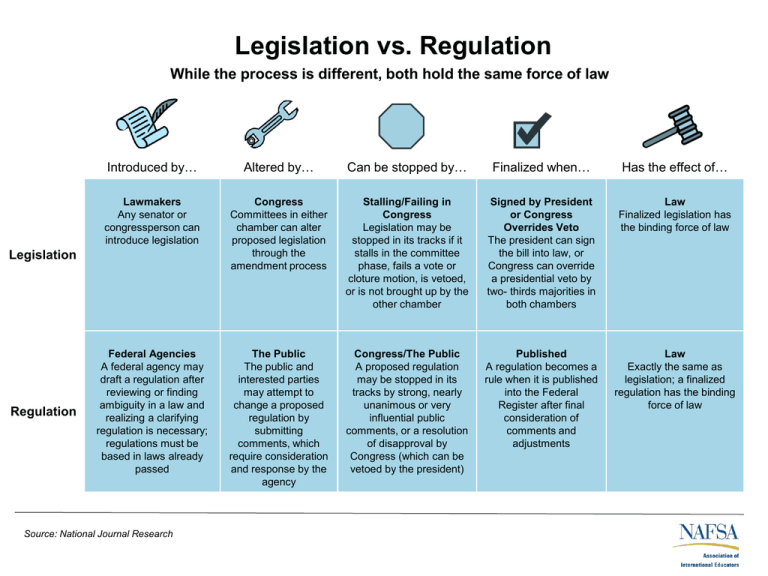Policy Vs Regulation : What it is
In today's ever-evolving world, policy and regulation play crucial roles in shaping our society. They provide a framework for governing various aspects of our lives and aim to strike a balance between individual freedom and societal well-being. In this post, we explore the key differences between policy and regulation, why they are essential, and how they impact our daily lives.
1. Understanding Policy and Regulation
Policy and regulation are terms often used interchangeably, but they have distinct meanings and purposes.
Policy refers to a set of principles or guidelines that guide decision-making within an organization, a government, or even a group of individuals. It provides a roadmap for action and can cover a wide range of areas such as economic policies, healthcare policies, and environmental policies.
On the other hand, regulation refers to specific rules, requirements, or restrictions imposed by authorities to ensure compliance with policies. Regulations are more detailed and often focus on specific industries or activities. They help enforce policies and ensure that individuals, organizations, or businesses adhere to the desired standards.
Both policy and regulation are crucial for maintaining order, protecting public interests, and promoting fairness.
2. The Impact of Policy and Regulation

Policies and regulations have a significant impact on various aspects of our lives. Here are some key areas where they play a crucial role:
a. Business and Economy
Policies and regulations influence the business environment by setting standards, ensuring fair competition, and protecting consumers. They cover areas such as taxation, licensing, labor laws, intellectual property rights, and environmental protection. These regulations and policies aim to create a level playing field, ensure ethical practices, and promote economic growth.
b. Health and Safety
Regulations in the healthcare industry are crucial to safeguard public health and ensure the safety of medical products and services. They cover areas such as drug approvals, clinical trials, medical device standards, and health insurance regulations. These regulations help protect patients, ensure the quality of healthcare services, and prevent fraudulent practices.
c. Environment and Sustainability
Environmental policies and regulations play a vital role in addressing pressing global challenges such as climate change, pollution, and deforestation. They aim to promote sustainable practices, limit greenhouse gas emissions, protect ecosystems, and conserve natural resources. These policies and regulations guide industries, governments, and individuals towards a more sustainable future.
3. Frequently Asked Questions (FAQ)
To further enhance your understanding of policies and regulations, we have compiled some frequently asked questions:
Q: What is the difference between a policy and a law?
A: While policies are guidelines or principles, laws are legally binding rules that must be followed. Policies provide a broader framework, while laws offer specific regulations with the force of enforcement behind them.
Q: How are policies and regulations created?
A: Policies are typically developed by policymakers within an organization or government. They go through a process of evaluation, consultation, and decision-making. Regulations are often enacted through legislation after policies have been established and aim to provide more detailed rules for implementation.
Q: Can policies and regulations change over time?
A: Yes, policies and regulations are subject to change as societal needs, technological advancements, and economic circumstances evolve. Regular reviews and updates are conducted to ensure their effectiveness and relevance.
As we can see, policy and regulation play vital roles in shaping our society. They contribute to creating a fair, just, and well-governed world. It is essential for individuals and organizations to understand the difference between these two concepts and their impact on various aspects of our lives.
Remember to stay informed and engage in discussions to actively contribute to the development of policies and regulations that reflect your values and aspirations for a better future.
Sources:
- [\uae00\ub85c\ubc8c] \ubbf8\uad6d\uc758 \ubc95\uaddc\ubc94 - source
- Innovation vs. Regulation (Gabriela Hauser-Sp\u00fchler, Deutsch, Englisch - source
Note: The images used in this post are for illustrative purposes only and do not represent any specific endorsements.
Disclaimer: The information provided in this article is for general informational purposes only and should not be considered as professional advice. Please consult with a qualified expert for personalized guidance.
References:
- Policy and Regulation: Definitions and Differences. (n.d.). Retrieved from https://www.teachlearnweb.com/2019/12/Policy-vs-Regulation.html
- Difference Between Policy and Regulation. (2021, March 22). Retrieved from https://www.differencebetween.com/difference-between-policy-and-regulation/
Policy Versus Regulation In The Internet Of Things - Techpolis.com
 Image Source : techpolis.com
Image Source : techpolis.com School Board Policy Versus Administrative Regulation: What's The
 Image Source : www.tasb.org
Image Source : www.tasb.org tasb
What Is The Difference Between Rules And Regulations - Pediaa.Com
 Image Source : pediaa.com
Image Source : pediaa.com rules difference between regulations pediaa
Legislation Vs. Regulation
 Image Source : studylib.net
Image Source : studylib.net legislation
Innovation Vs. Regulation (Gabriela Hauser-Spühler, Deutsch, Englisch
 Image Source : www.galaxus.ch
Image Source : www.galaxus.ch PPT - Chapter 7: Market Structures PowerPoint Presentation, Free
 Image Source : www.slideserve.com
Image Source : www.slideserve.com regulation market structures ppt chapter deregulation powerpoint presentation
Lecture-1 Understanding Of Environmental Policy
 Image Source : www.slideshare.net
Image Source : www.slideshare.net procedures regulation laverton
[글로벌] 미국의 법규범
Legislation vs. regulation. Rules difference between regulations pediaa. What is the difference between rules and regulations. Regulation market structures ppt chapter deregulation powerpoint presentation. Innovation vs. regulation (gabriela hauser-spühler, deutsch, englisch